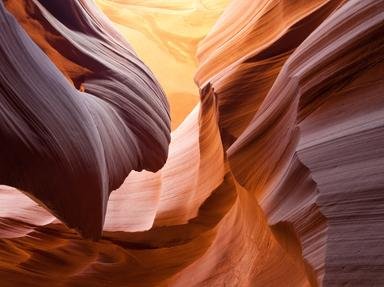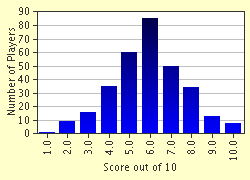Quiz Answer Key and Fun Facts
1. Crystal structure is the geometric arrangement of the atoms of a mineral.
2. Crystals are usually recognized by their natural flat surfaces called _______.
3. Crystals can be extremely tiny or larger than a washing machine.
4. All crystals belong to one of six systems of symmetry. One system, the Hexagonal, has two divisions. It also differs from the other five by the number of axes. How many axes does it have?
5. Where can gem quality crystals be found?
6. All crystals are transparent or translucent.
7. The correct term for the process of crystal enlargement is __________.
8. Beryl crystals produce both emeralds and aquamarines.
9. Rutile incorporated in corundum crystals produces:
10. A doubly terminated quartz crystal found in New York State is called a ________________ diamond.
Source: Author
AElfwynn
This quiz was reviewed by FunTrivia editor
crisw before going online.
Any errors found in FunTrivia content are routinely corrected through our feedback system.

